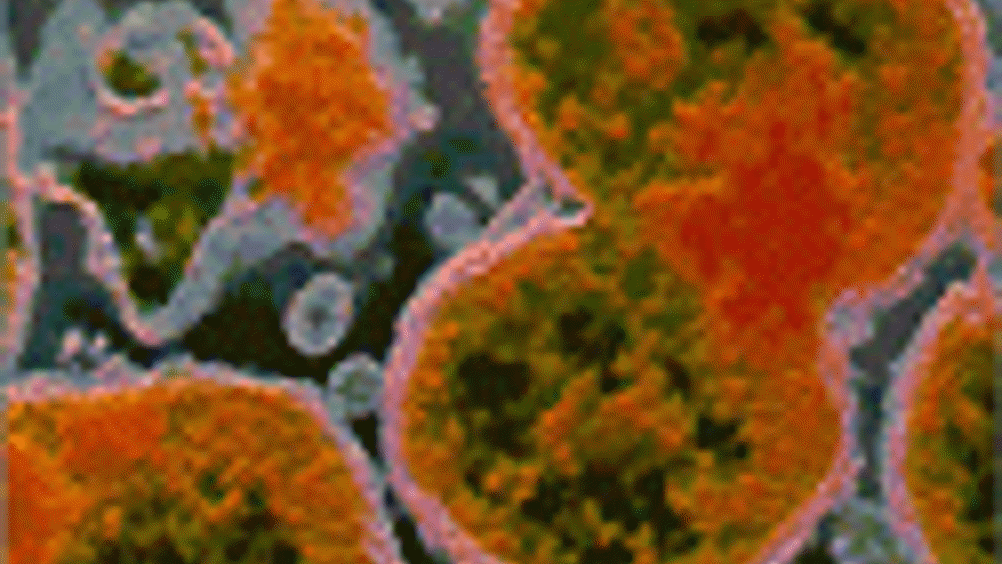Safe suit traps toxins
Texas Tech University researchers may have discovered a polyurethane nanofibre technique that could lead to the creation of a material that saves lives by trapping toxic chemicals.

researchers may have discovered a polyurethane nanofibre technique that can save lives
Dr. Seshadri Ramkumar, an assistant professor at The Institute of Environmental and Human Health at Texas Tech, and graduate student Thandavamoorthy Subbiah recently discovered a honeycomb polyurethane nanofabric by using electrospinning. The nanofabric, created by exposing polyurethane to high voltage, not only traps toxic chemicals, but can also be used in a hazardous material suit.
Ramkumar’s findings are featured in the September 5 edition of the Journal of Applied Polymer Science. The project was funded by the US Department of Defense.
‘These fibers are tiny,’ Ramkumar said. ‘They’re about 1,000 times smaller than microfibres. We are able to develop honeycomb-like structures with this method, which makes a mesh within a mesh. This may not only provide increased surfaces area, but also can trap toxic chemicals more efficiently. These fibers are yet to be tested for their protection capabilities.’
Register now to continue reading
Thanks for visiting The Engineer. You’ve now reached your monthly limit of news stories. Register for free to unlock unlimited access to all of our news coverage, as well as premium content including opinion, in-depth features and special reports.
Benefits of registering
-
In-depth insights and coverage of key emerging trends
-
Unrestricted access to special reports throughout the year
-
Daily technology news delivered straight to your inbox










Fusion inches closer as ITER completes magnet system
I believe the purpose of ITER isn't to make usable power, it is a research project which will be used to design the first generation of actual...